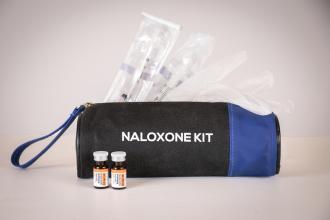Lessons of rural medicine
26 April 2005
This week I make my semi-annual trip to Lillooet to do two half-day pulmonary clinics, an excursion that I thoroughly enjoy. Some of my enjoyment comes from being out of pager and cell phone range, some from the sheer beauty of the drive there (if you have not driven the Duffy Lake road, do it), but mostly I enjoy the switch to a different pace and style of practice. Individuals who live in small, remote communities like Lillooet have to travel to have all but basic investigations done. Here I do not have access to a pulmonary function lab, a CT scanner, or bronchoscopy, so my approach to management changes. Unless the patient is willing to travel or the investigation is absolutely necessary it doesn’t get done. Both the patient and I have to be satisfied with my clinical diagnosis. I learned this lesson on one of my first trips to Lillooet and, as often is the case, my teacher was a patient. He was an elderly First Nations man to whom I had given a clinical diagnosis of bronchiectasis. I told him that the best way to confirm my opinion was to do a CT scan but that this would necessitate a trip to Vancouver (progress has now brought a scanner to Kamloops and I can view the scans digitally in Lillooet, but not so 10 years ago). This wise man thought for a minute and then told me, “I went to Kamloops once and that was enough of the city for me. I trust you, doc.” Did the lack of this test change the treatment that he received from me and his family doc? Not at all. From this clinic, plus ones in Gibsons and Powell River, I have gained much insight into the practice of rural medicine and respect for those who have made it their life’s work.
More attention is finally being paid to the specialty of rural medicine, especially with the opening of the Prince George branch of the medical school. Mixed in with the enthusiasm there has been some rhetoric about the ivory towers of the big city teaching hospitals and the lack of awareness of what it is like to practise in small, remote communities. Before we get into a new variation on the theme of “town vs gown,” let us all take a step back and remember that we are all members of the same team, all of us with different skills and areas of experience, frequently taking care of the same patients. One form of practice is not more necessary or more relevant, but rather the pieces should fit together for the benefit of the patient. Do I have a complete understanding of what it is like to practise full time in a small community? Absolutely not, but I’m a lot less ignorant than I used to be, thanks to the patients and family physicians in the communities I visit.
—LML

